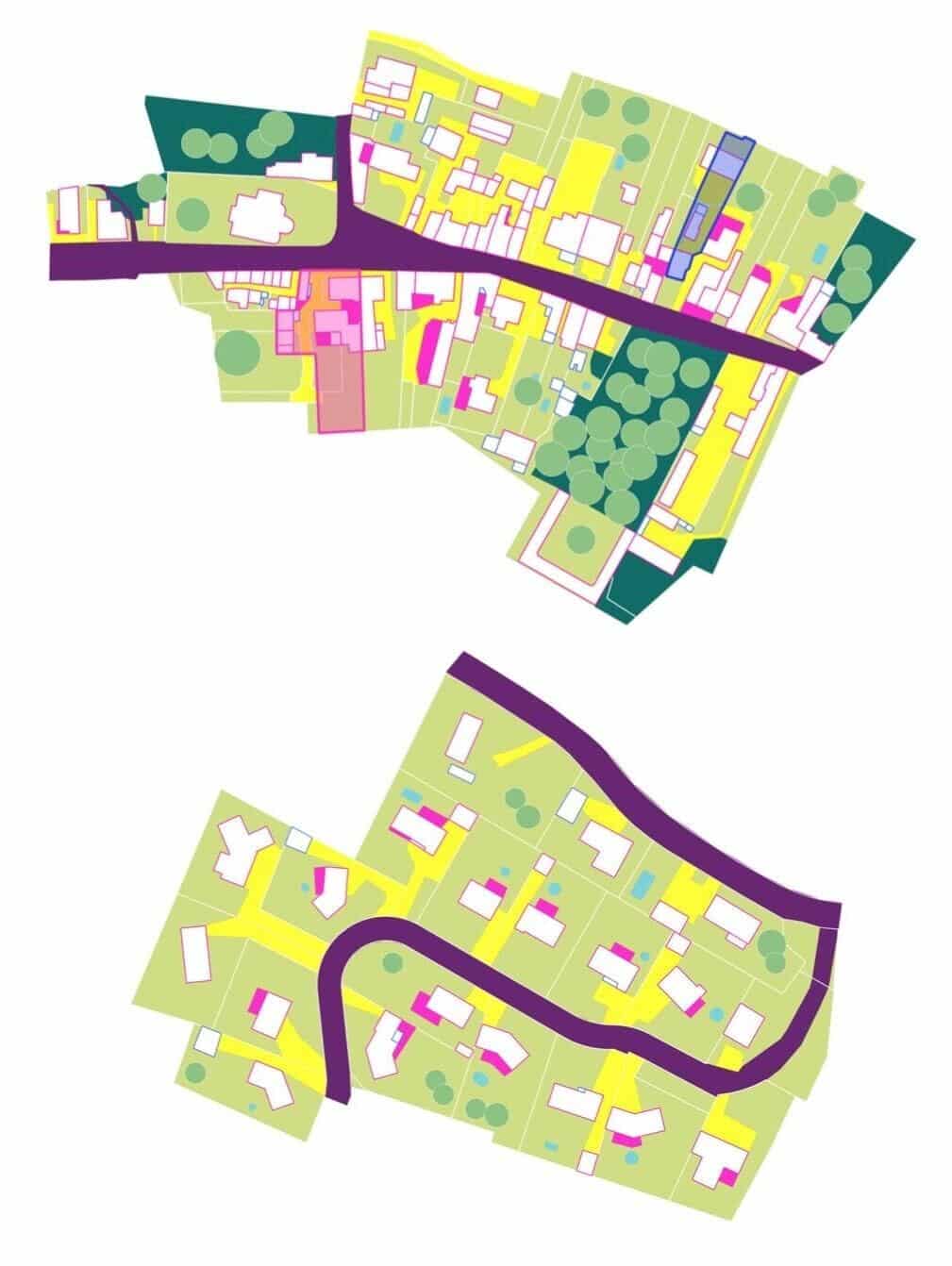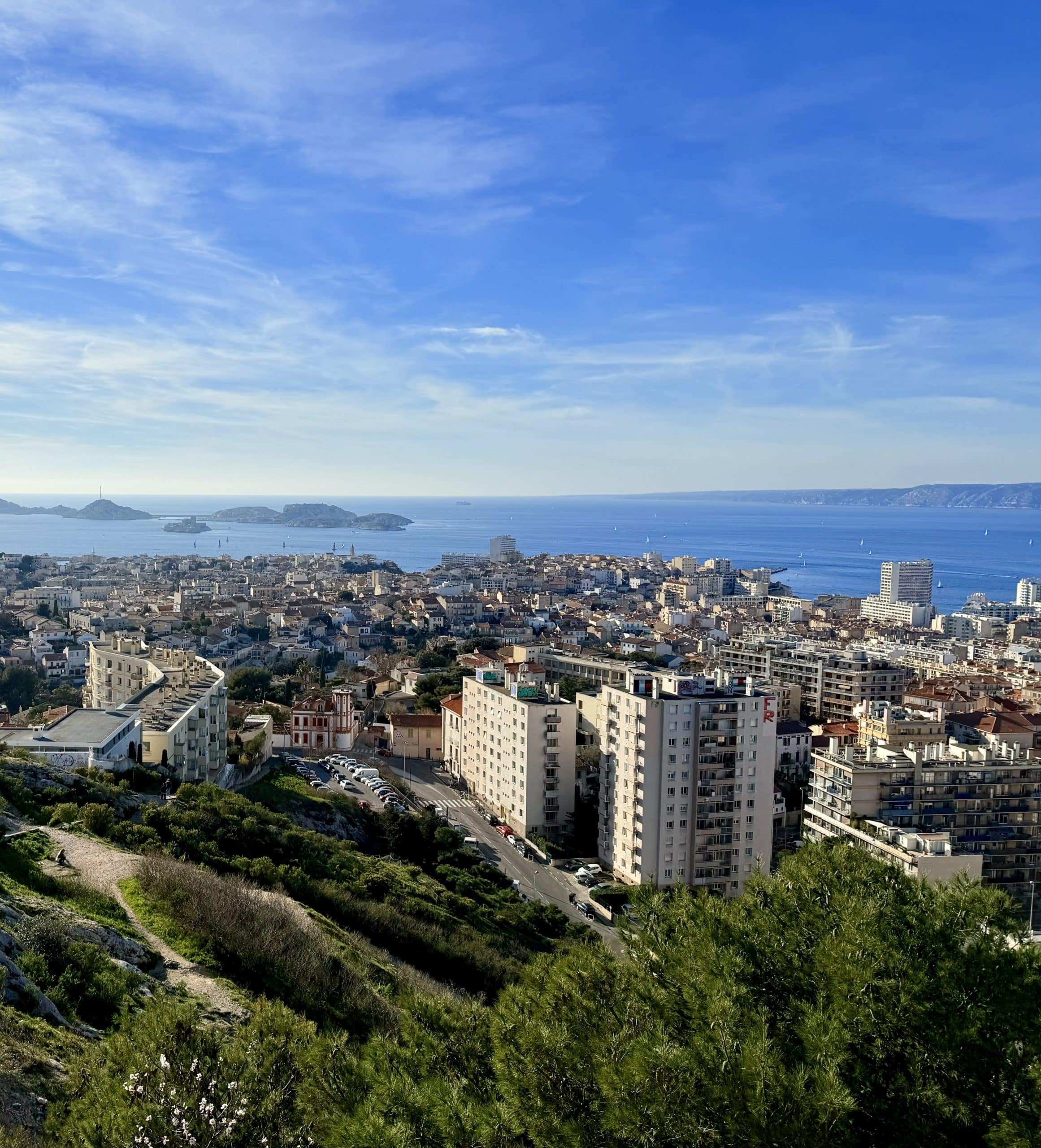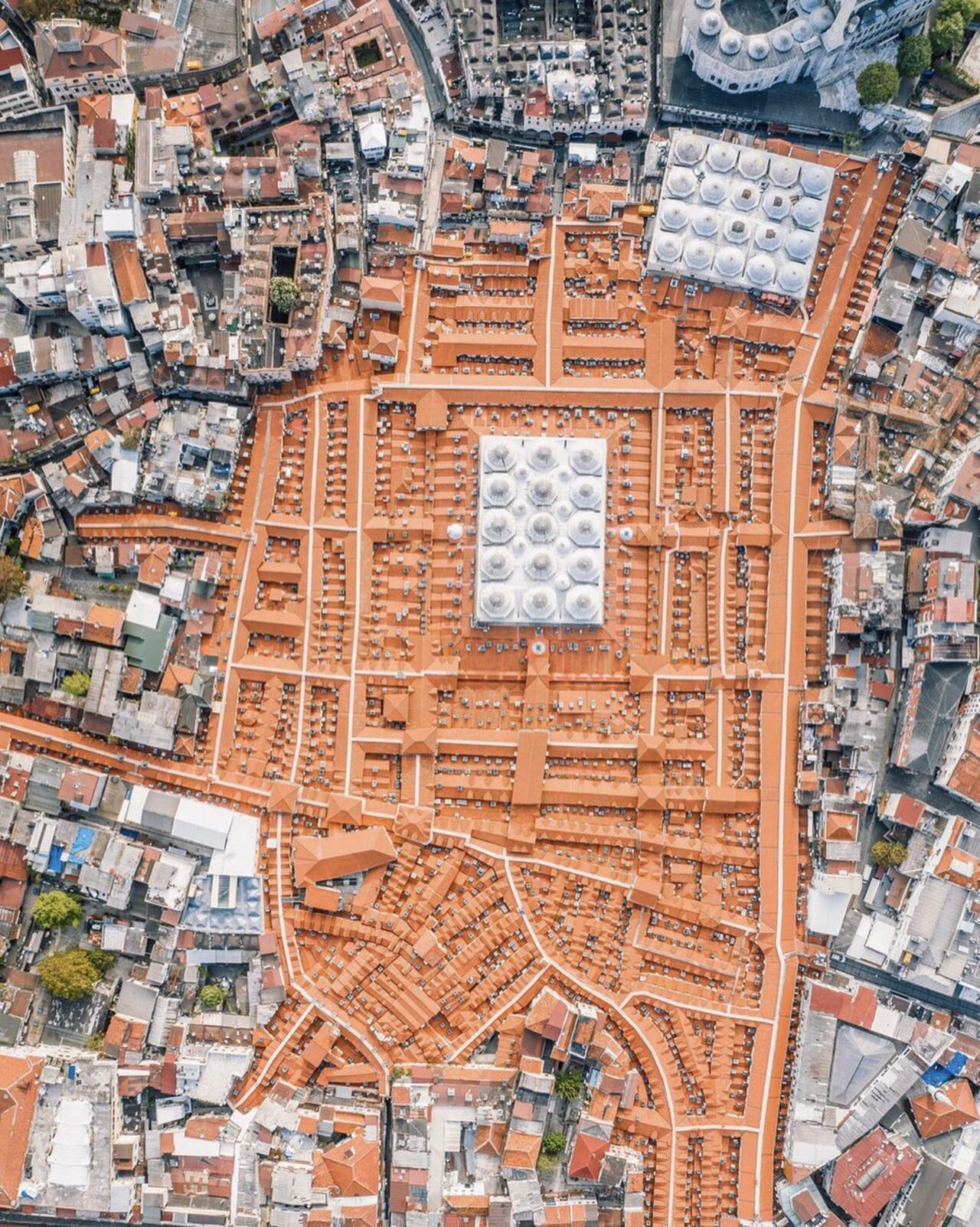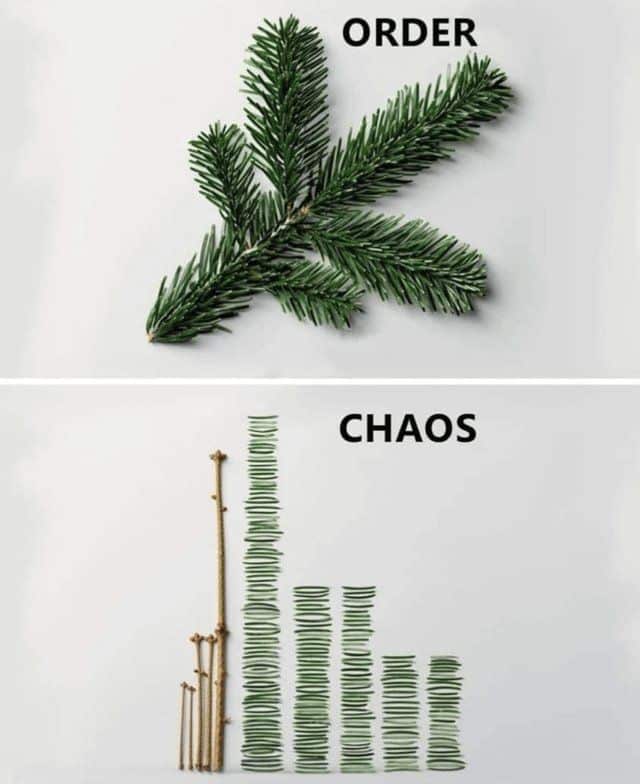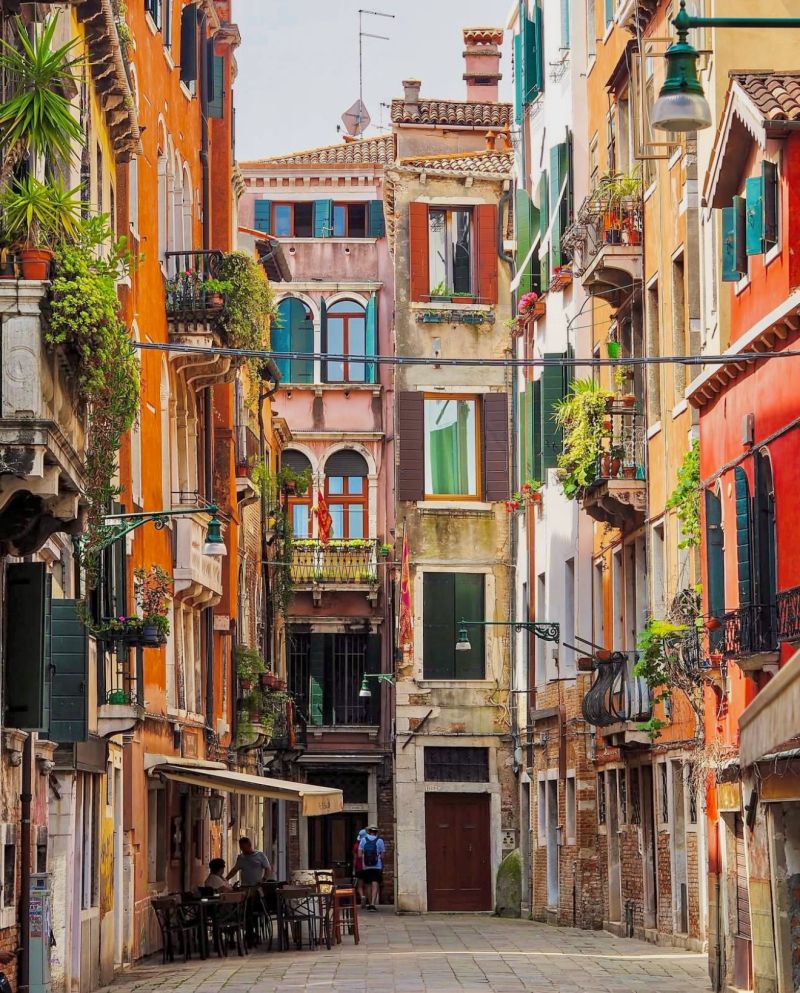The fractality of a city tells the story of its transformations. The street network

 reveals a living hierarchy. But it’s in the very plots structure that recursiveness
reveals a living hierarchy. But it’s in the very plots structure that recursiveness

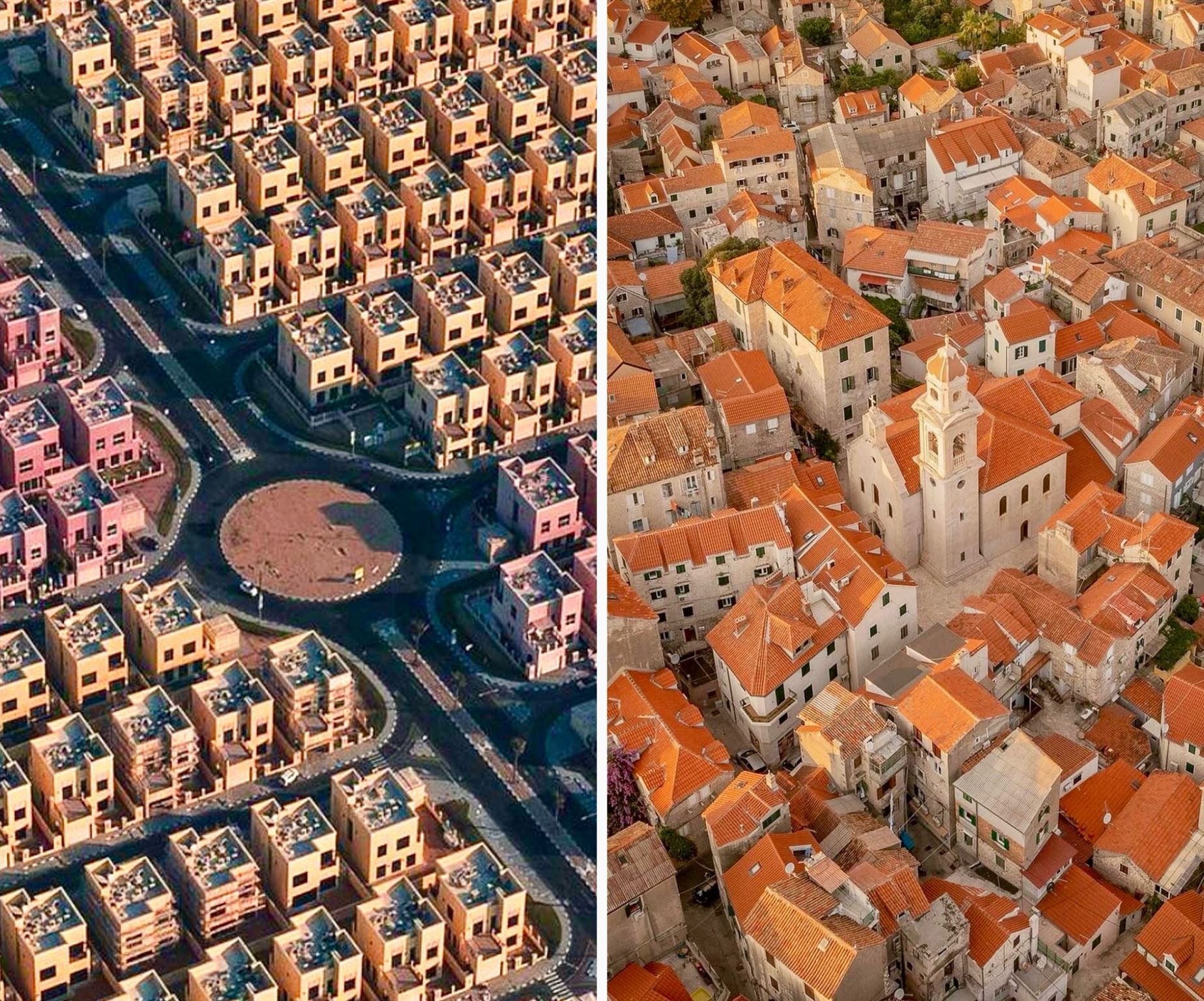 truly becomes foundational : through division, the city rewrites itself from its original fabric — until it belongsto all of us.
truly becomes foundational : through division, the city rewrites itself from its original fabric — until it belongsto all of us.
1. Fractality isn’t a shape — it’s the distinctive trace of a recursive process
A series of successive transformations that don’t just adapt the urban fabric but fundamentally reshape it.
2. Some plots are divided, others aren’t
At each stage, only a few are reshaped, giving rise to new ones.
The result is a pattern of buildings, gardens and alleys across scales — where plots coexist that have been transformed once, multiple times, or not at all.
This process generates a remarkable diversity of sizes and morphologies.
3. Yet despite that diversity, a kind of selfsimilarity emerges
Why ?
Because certain constraints cut across scales : orientation to sunlight, street access, trees, walls, slope, views, wind…
Plots of very different sizes start to share common features. They interlock, echo one another — and we recognize them.
4. This fractal logic
 Mais à quoi sert qu’une ville soit “fractale” ?
Mais à quoi sert qu’une ville soit “fractale” ?
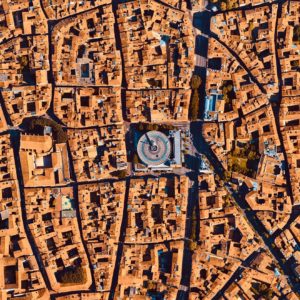 produces an urban form that feels familiar
produces an urban form that feels familiar
A vibrant morphology, never monotonous.
It’s no coincidence that the identity of a place often concentrates where the urban fabric has undergone the most recursive transformation.
Fractality creates singularity — and memory. Whereas the homogeneity of master-planned subdivisions, frozen by hard régulations, dilutes attachment.
5. Quietly but profoundly, plot division is an art
An art often dismissed by planners as individualistic, chaotic, or irrational.
But that’s to miss the essence of urban life : plot division refines the grain of the city, enables evolution, and opens the fabric to diverse life paths and uses.
It is, day after day, the founding gesture of a living urban fabric.
6. It’s through plot division that a farm becomes a hamlet, a hamlet a small town
 Réinventer et généraliser le village
Réinventer et généraliser le village
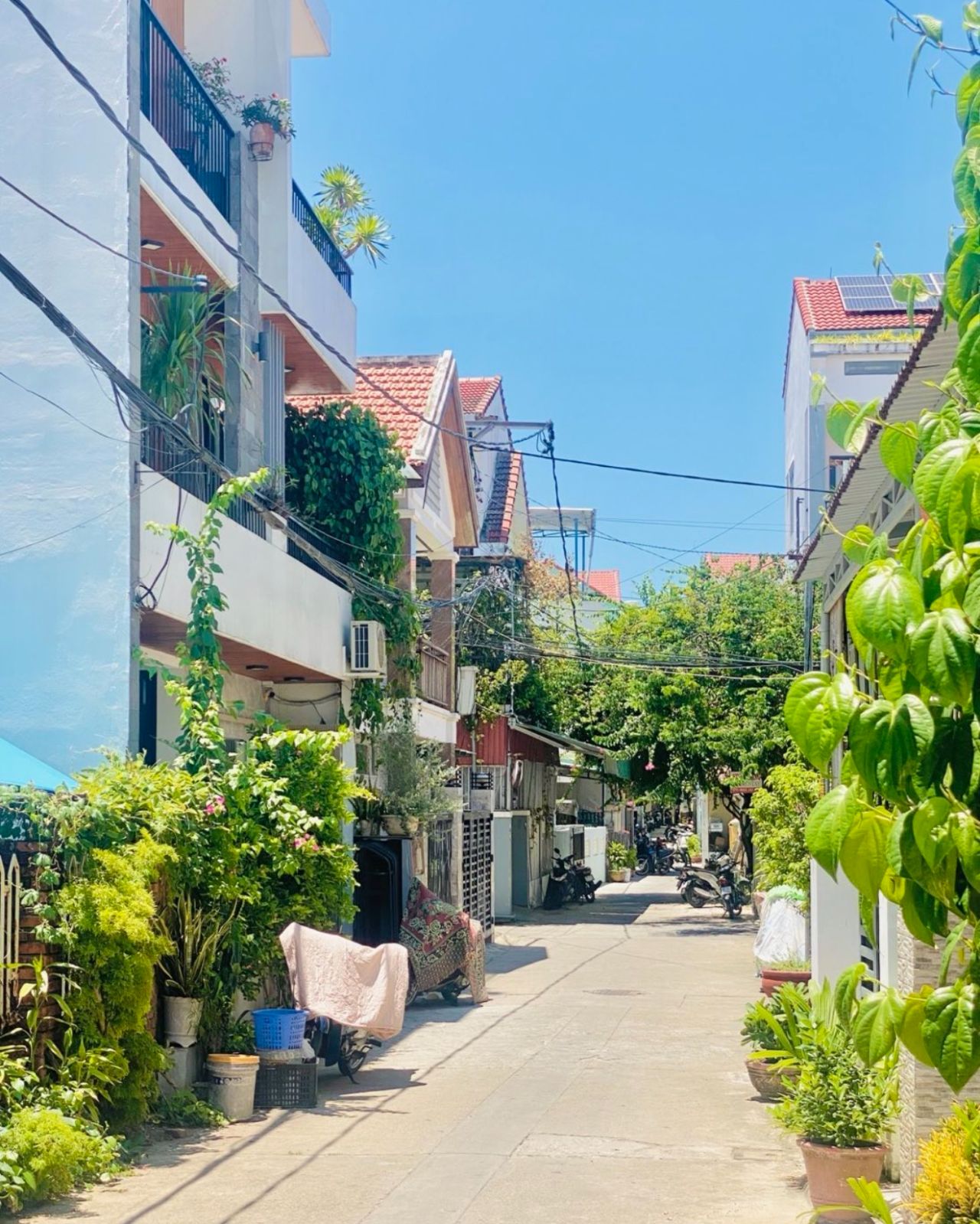
The small town a big village, and the big village the edge of a city.
And finaly, that’s how, today, the city becomes a metropolis.
Plot division gives urban fabric the capacity for emergence, endogenous growth, and incremental transformation.
7. To deny plot division is to place the city under glass
 La mise sous cloche du tissu pavillonnaire n’est pas soutenable
La mise sous cloche du tissu pavillonnaire n’est pas soutenable
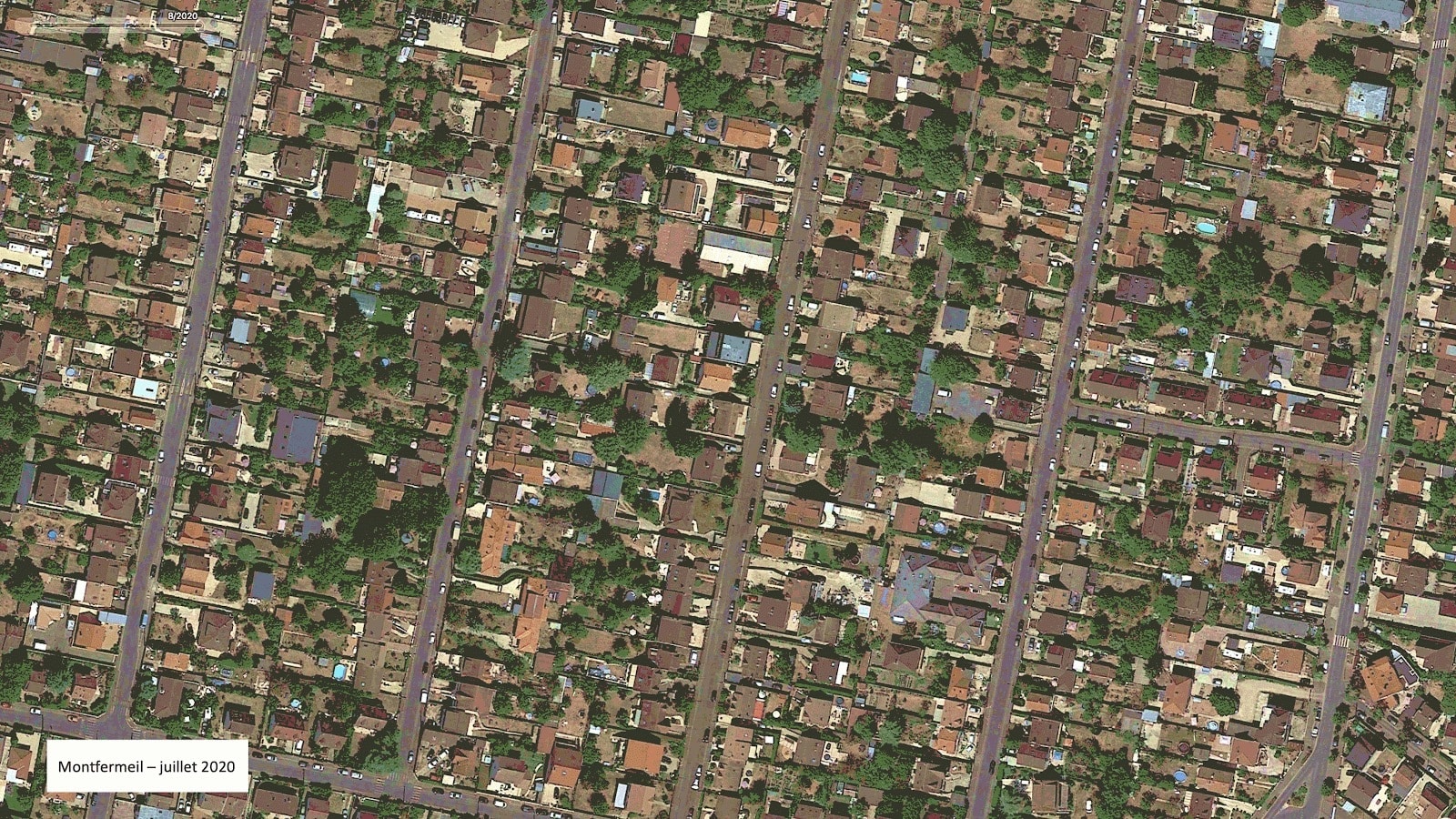
It’s to prevent a metropolis, for instance, from truly emerging, from structuring itself, from meeting people’s needs.
Learning the art of division — and later, the art of guiding it (BIMBY) — is about anchoring public policy in the most powerful engine of city-making.
